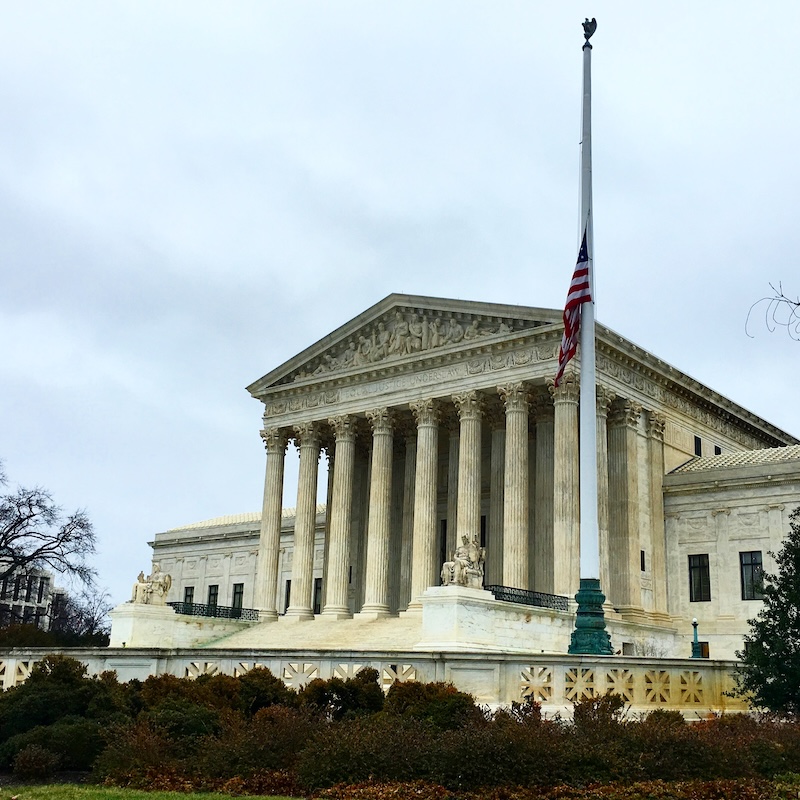A critical case, A.J.T. v. Osseo Area Schools, is set to be heard by the U.S. Supreme Court, and its outcome could have far-reaching consequences for students with disabilities, including non-speaking individuals who rely on accommodations like letter boards and communication regulation partners (CRPs). This case highlights the barriers families face when fighting for their children’s rights under the Americans with Disabilities Act (ADA) and Section 504 of the Rehabilitation Act—and what’s at stake for our community.

The case revolves around whether students with disabilities must prove that a school acted in “bad faith or gross misjudgment” to claim their rights were violated under the ADA or Section 504. You can read the original article on Disability Scoop here.
The Case: A Barrier to Justice?
The story behind this case is both heartbreaking and frustratingly familiar. Ava, a Minnesota teenager with severe epilepsy, cannot attend school in the mornings due to frequent seizures. Her parents repeatedly requested evening instruction so that Ava could attend a full day of school starting at noon. Despite their efforts, Osseo Area Schools denied this accommodation.
While the U.S. Court of Appeals for the Eighth Circuit ruled that the school violated Ava’s rights under the Individuals with Disabilities Education Act (IDEA), it dismissed her claims under the ADA and Section 504. The court determined that Ava’s family failed to prove that the school acted with “bad faith or gross misjudgment”—a much higher bar than what is typically required to prove discrimination in non-educational settings.
The Eighth Circuit’s decision isn’t an anomaly. Five circuits in the U.S. impose this heightened standard on cases involving schools, creating a patchwork of legal interpretations. Families in these jurisdictions face an uphill battle to prove their claims, even in cases where schools fail to provide reasonable accommodations. Advocates argue that this higher standard goes beyond what the ADA or Section 504 requires, creating unnecessary and unjust barriers for students with disabilities.
Why This Case Matters for Non-Speakers
For non-speaking students, this case could set a precedent that impacts their ability to secure accommodations like letter boards and CRPs in schools. These tools are not luxuries—they’re necessities that allow non-speakers to express themselves, access education, and fully participate in their schools. However, families very often encounter resistance when requesting these accommodations, and the heightened standard requiring proof of “bad faith” or “gross misjudgment” could make it even harder to ensure non-speakers receive the support they deserve.
The very existence of this higher standard in some courts reflects a troubling lack of presumption of competence. Non-speakers already face skepticism about their abilities, and this standard effectively tells families that negligence or indifference isn’t enough to prove discrimination—it must be intentional. This approach dismisses the very real harm caused by schools that fail to accommodate non-speaking students, whether out of ignorance or systemic shortcomings.
A Call to Action: Share Your Voice
This case has the potential to shape the future of disability rights in schools, and it’s up to us to ensure that the voices of non-speakers and their allies are heard. Families, advocates, and professionals in the disability community must come together to highlight why accommodations like letter boards are not just reasonable—they’re essential.
Here’s what you can do:
1. Share the Case with Your Community: The more people understand what’s at stake, the stronger our collective voice will be. Share the original article here with your networks on social media, in parent groups, and through professional organizations.
2. Highlight the Need for Equity in Schools: Use this opportunity to educate others about the challenges non-speaking students face in accessing education. Talk about the importance of tools like letter boards and the need for CRPs to help students stay regulated and communicate effectively.
3. Advocate for Lowering the Burden of Proof: Reach out to policymakers and disability rights organizations to stress the importance of removing the “bad faith or gross misjudgment” standard. Every student with a disability deserves to be treated with dignity and respect, and they shouldn’t have to prove intent to show harm.
4. Amplify the Stories of Non-Speakers: One of the most powerful ways to combat bias is by sharing success stories. Non-speakers are thriving with the right support, achieving academic excellence, creating art, and breaking down stereotypes. Let’s make sure those stories are front and center as this case unfolds.
Closing Thoughts
This case shines a light on how far we still need to go to ensure that the rights of students with disabilities are fully realized. For non-speakers and their families, the stakes couldn’t be higher. The tools and accommodations that allow these students to access education and share their voices must be protected—and the legal system must make it easier, not harder, for families to fight for these rights.
This is an opportunity to rally together, share resources, and push for change. Because at the end of the day, the ability to communicate and access education isn’t just a legal right—it’s a human one.
